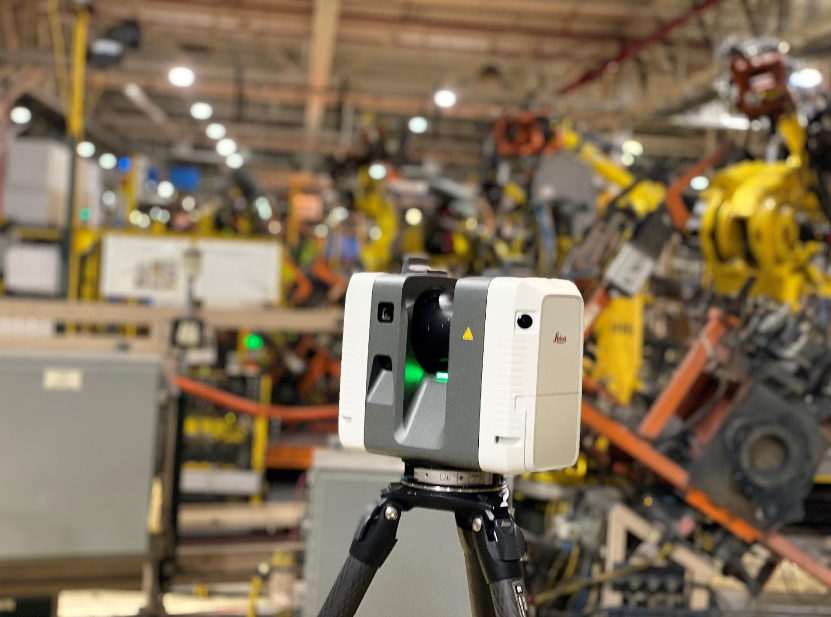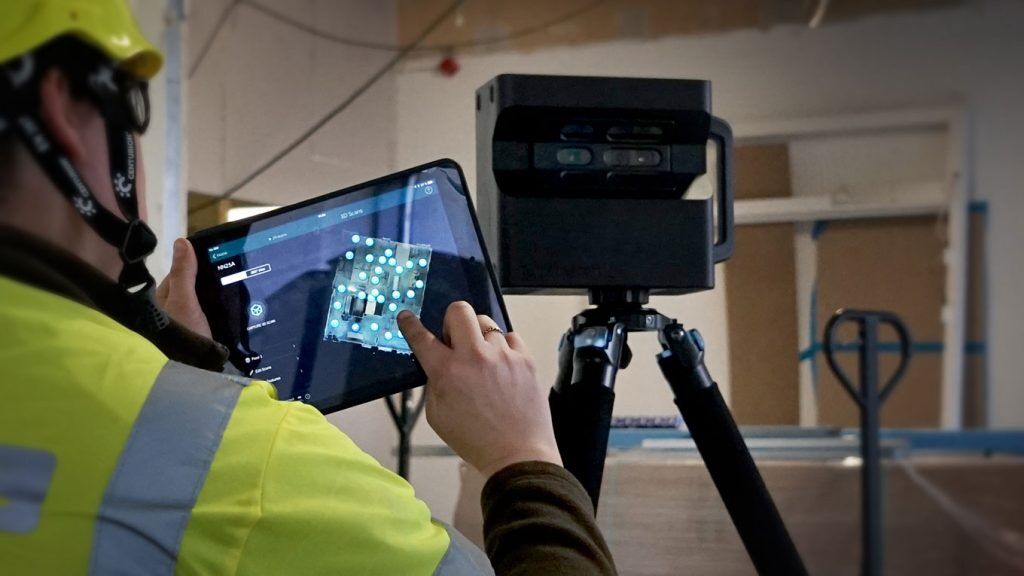How 3D Laser Scanning Changes Architectural Style and Construction Projects
3D laser scanning is transforming the landscape of building design and construction. This modern technology supplies unmatched accuracy in capturing existing settings, which helps with better task planning and implementation. It lowers mistakes while improving effectiveness in various stages of development. The ramifications for cooperation among architects, designers, and various other stakeholders are substantial. These improvements unlock to new design opportunities and innovative options. What lies ahead for this advancing innovation?
The Basics of 3D Laser Scanning Technology
3D laser scanning innovation may appear complex, its core concepts are straightforward and transformative for building style. This technology uses laser light beams to record specific dimensions of physical structures, producing a detailed point cloud that stands for the scanned setting. A laser scanner sends out rapid pulses of light, determining the moment it takes for the light to return, which enables the computation of ranges with impressive precision.
The resulting point cloud can be exchanged a 3D model, providing engineers with very useful visual information. This design allows professionals to adjust and evaluate style components within their tasks, permitting innovative remedies and improved visualization. By employing 3D laser scanning, designers can much better comprehend the existing problems of a website, making sure that brand-new styles integrate with their environments. This combination of innovation into architectural style marks a significant advancement, promoting creative thinking and accuracy in the area.

Enhancing Accuracy and Effectiveness in Architectural Projects
As architectural tasks increasingly demand accuracy and rate, 3D laser scanning arises as a critical device in improving both accuracy and efficiency. This modern technology captures countless information factors in a short timeframe, developing thorough and precise 3D designs of existing structures. The capacity to acquire exact measurements decreases the threat of errors during the style stage, enabling engineers to visualize their jobs with unmatched clearness.
The fast data collection procedure minimizes the time spent on-site, enabling teams to focus on evaluation and design improvements. With real-time information schedule, adjustments can be made quickly, promoting a much more streamlined operations. The assimilation of 3D laser scanning into architectural practices not just improves measurement precision but additionally boosts the total job timeline, helping with quicker decision-making. In an industry where accuracy is essential, this technology stands as a transformative force, boosting the standards of building style and building tasks.
Streamlining Collaboration Among Stakeholders
While traditional architectural procedures usually include fragmented communication among stakeholders, 3D laser scanning fosters a much more cohesive joint environment. By giving specific, high-resolution data, this modern technology allows architects, specialists, customers, and engineers to run from a unified point of reference. The detailed visualizations created with laser scanning remove misinterpretations and ambiguities, making sure that all parties have access to the same information.
This openness enhances decision-making and encourages prompt comments, as stakeholders can conveniently imagine layout aspects and spatial partnerships. Furthermore, the integration of 3D scanning data into Structure Info Modeling (BIM) systems even more simplifies cooperation, permitting real-time dig this updates and alterations. Such smooth interaction not only decreases conflicts however also increases job timelines, as all stakeholders remain aligned throughout the design and construction phases. Eventually, 3D laser scanning changes typical operations right into a more joint and efficient process, profiting all events involved.
Opening Imaginative Possibilities in Style
By making it possible for engineers to picture intricate elaborate details and spatial relationships, 3D laser scanning reveals creative opportunities in layout. This innovation permits exact mapping of existing settings, allowing designers to explore cutting-edge concepts discover this info here that might have formerly appeared unwise. With very accurate data, developers can try out unconventional forms and products, pressing the boundaries of typical design.
Additionally, the combination of 3D laser scanning right into the design procedure promotes cooperation among multidisciplinary teams, motivating the exchange of concepts and improving creative thinking. The thorough visualizations generated by this innovation not only aid in identifying prospective design obstacles but also inspire solutions that might not have been considered. Consequently, architects can create a lot more appealing and vibrant areas that resonate with individuals while satisfying useful requirements. Eventually, 3D laser scanning transforms the architectural landscape, empowering designers to understand their visions with unmatched precision and creativity.
The Future of 3D Laser Scanning in Architecture and Construction
The assimilation of 3D laser scanning into building layout not just improves creative thinking yet additionally sets the phase for its evolving role in the future of architecture and building and construction. As innovation advances, the accuracy and efficiency of laser scanning will remain to boost, allowing engineers and contractors to produce more complicated styles with precision - 3D Scanning. Making use of this technology in real-time information collection will certainly help with far better decision-making, decreasing errors and simplifying operations
Future applications might include increased and virtual truth integrations, enabling stakeholders to envision jobs in immersive environments. In addition, as sustainability comes to be a priority, 3D laser scanning will support the development of energy-efficient designs by providing in-depth insights into existing structures. As cooperation amongst various techniques ends up being more important, the capability to share specific 3D designs will promote advancement and boost task outcomes. Eventually, 3D laser scanning will certainly redefine standards in architectural design and building and construction practices.
Frequently Asked Questions
What Is the Cost of Implementing 3D Laser Scanning Innovation?

Exactly how Lengthy Does a Normal 3D Laser Scanning Project Take?
A normal 3D laser scanning project can take anywhere from a couple of hours to numerous days, depending upon aspects such as the project's size, intricacy, and the level of detail needed for accurate data capture.
What Sorts Of Projects Benefit The Majority Of From 3D Laser Scanning?
3D laser scanning benefits numerous projects, specifically large-scale building and constructions, historic repairs, and complex remodellings. It improves accuracy in measurements, reduces errors, and provides comprehensive information necessary for reliable planning and implementation in architectural design and building.

Exist Certain Software Programs Required for 3D Laser Scans?
Yes, specific software application are vital for processing 3D laser scans. 3D Scanning. Popular options include Autodesk ReCap, Faro Scene, and Leica Cyclone, each offering special functions customized for examining and envisioning checked information properly in various jobs
Exactly How Does 3D Laser Scanning Effect Environmental Sustainability in Building And Construction?
3D laser scanning enhances ecological sustainability in construction by lessening product waste, enabling exact measurements, and advertising effective special info resource use. This technology enables better planning, minimizing the environmental footprint of building and construction jobs via boosted accuracy and performance.
3D laser scanning is transforming the landscape of architectural layout and building. 3D laser scanning innovation may seem complex, its core concepts are straightforward and transformative for architectural style. By enabling engineers to imagine intricate complex information and spatial relationships, 3D laser scanning exposes imaginative possibilities in layout. The assimilation of 3D laser scanning right into the layout procedure fosters partnership amongst multidisciplinary groups, encouraging the exchange of concepts and enhancing creative thinking. The integration of 3D laser scanning into architectural design not only improves imagination but likewise establishes the phase for its evolving function in the future of architecture and building and construction.